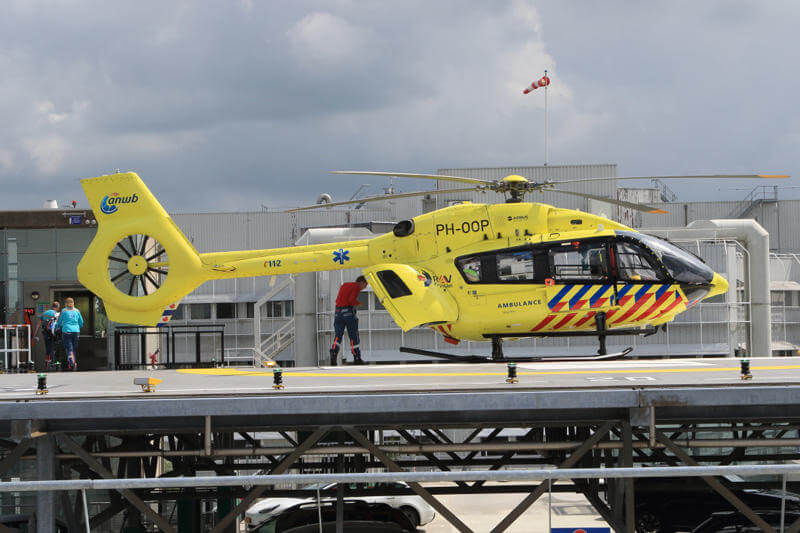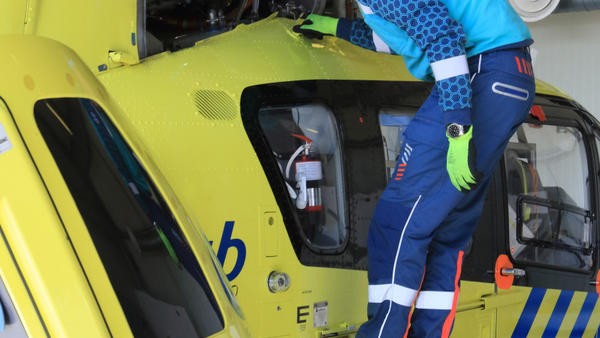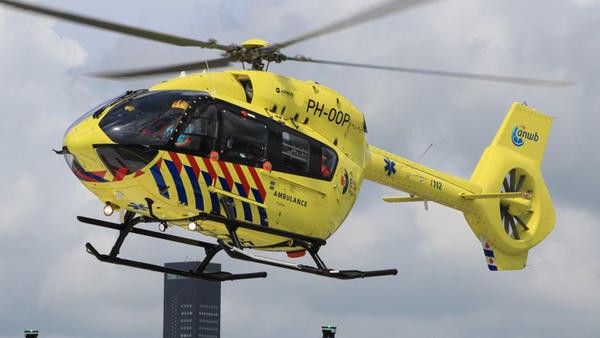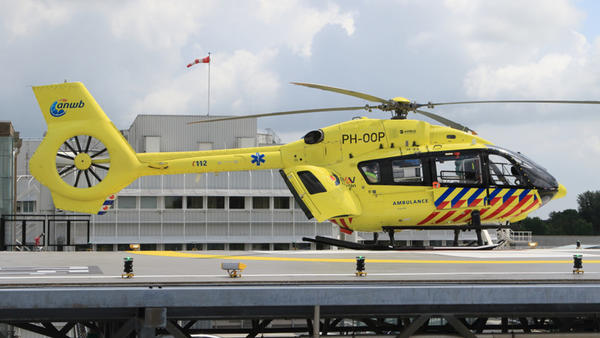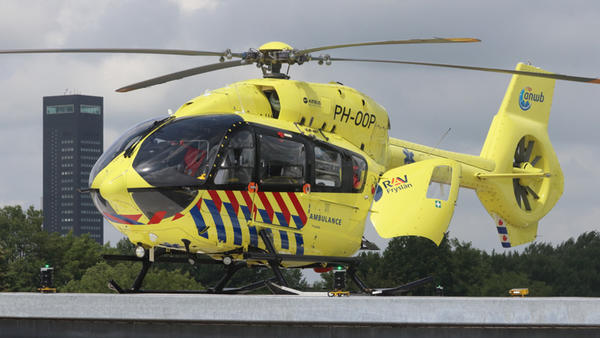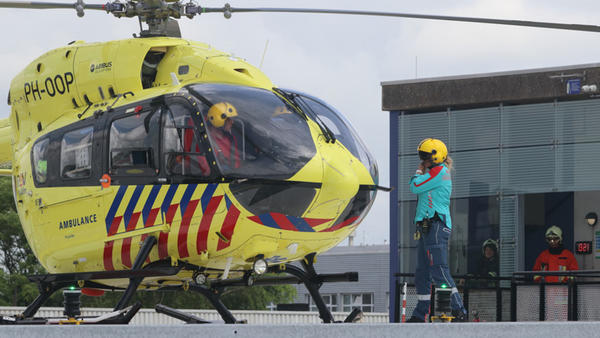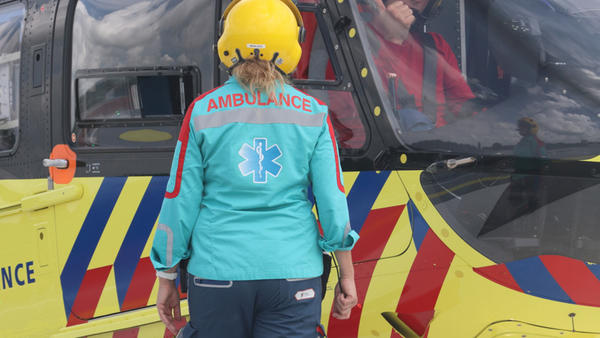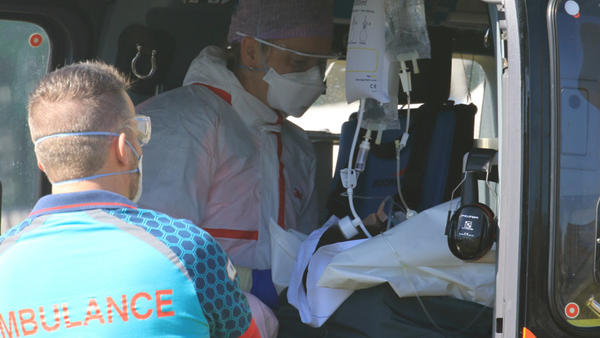Gallery: From intensive care to island hopping

Peter ten Berg details how, as the aftershock of the Covid-19 pandemic begins to alleviate, the latest ANWB Medical Air Assistance helicopter returns to its intended service supporting the communities of the Wadden Sea islands
Specialized intensive care (IC) transfer helicopter flights were a common occurrence during the first wave of Covid-19 in the Netherlands, with hospitals around the country facing an uneven and overwhelming demand. Hospital wards and intensive care (IC) units that were grossly overworked and overpopulated throughout 2020. This necessitated an increase in patient transfers, distributing patients to hospitals across the country that were less affected by the pandemic.
Typically, Mobile Intensive Care Units (MICU) are responsible for transferring patients by road. However, the enormous demand led to air ambulance operators, including ANWB Medical Air Assistance, making its helicopters available to meet this demand, including ANWB’s most recent addition, the Airbus H145, originally installed in March 2020 to provide ambulance flights for the Wadden Sea Islands, also known as the Frisian Islands, located on the eastern edge of the North Sea.
The new Lifeliner
ANWB designated the repurposed IC helicopter specializing in long-distance transfers the Lifeliner5, and Amanda Tijben, ANWB Operations Manager and Pilot, remarked that during periods of peak demand, the reserve ambulance helicopter was called into service as the Lifeliner6.
Analysis by Dr Gert-Jan van Geffen, Radbound University Medical Centre, documented the IC flights from Lineliner5, totalling over 204 between March 2020 to June 2021, with 30 transfers involving flights to German hospitals able to accept Dutch patients. On the most intensive days, as many as three transfer flights took place.
A comparison of helicopter transfer against the use of a MICU car, across an average flight distance of 155km, indicated a one-way time saving of one hour and 19 minutes with aerial transfers, and the total flight distance with an onboard patient estimated to be around 32,000km.
However, the general pattern of a reducing number of Covid-19 infections across Europe is expected to continue. Although regional new outbreaks in specific population groups may still occur, the international vaccination programs will have more and more positive effects in the push back of the illness. Dr van Geffen believes that further evaluation will follow on how to set conditions for future use of an IC helicopter whenever and wherever a new hospital IC crisis might develop.
Back to Wadden
The gradual decline in Covid-19 cases in Europe has alleviated the overwhelming pressure on hospitals. Similarly, supporting services such as specialised IC transfer helicopter flights brought in during the peak periods of the pandemic are no longer called upon with such demand, and ANWB’s Airbus H-145 can focus on its standard primary function providing ambulance flights for the Wadden Sea Islands.
Wadden Sea Islands support was previously carried out by the Netherlands Armed Forces helicopters stationed at the nearby shooting range, ‘The Vliehors’. However, due to budget reductions, the ambulance service was assigned to the regional ambulance of the Friesland province, RAV Fryslan, in 2016. The ambulance helicopter, which flies under the callsign Medic01, is based at Leeuwarden Air Force base and can reach each of the eight islands within 15 minutes.
The island of Texel was previously excluded from the service, not being considered part of the North Holland province, and maintains a car ambulance service supported by a regular ferry crossing. However, with the incredible benefits of medical air support, including being able to access a greater number of hospitals with varying specialities and follow-up medical treatment, discussions between the regional ambulance services resulted in Texel now being covered by Medic01 as of 1 August 2021.
The ANWB Medical Air Assistance Medic01 is available 24 hours a day, seven days a week, and deployed on over 700 flights annually, and the addition of Texel to the coverage zone is anticipated to add another 50. ANWB will be taking responsibility for the availability of the helicopters, including the reserve Airbus H145, and the regional ambulance service that provides the onboard nurse and HEMS crewmembers that assist the pilot.
